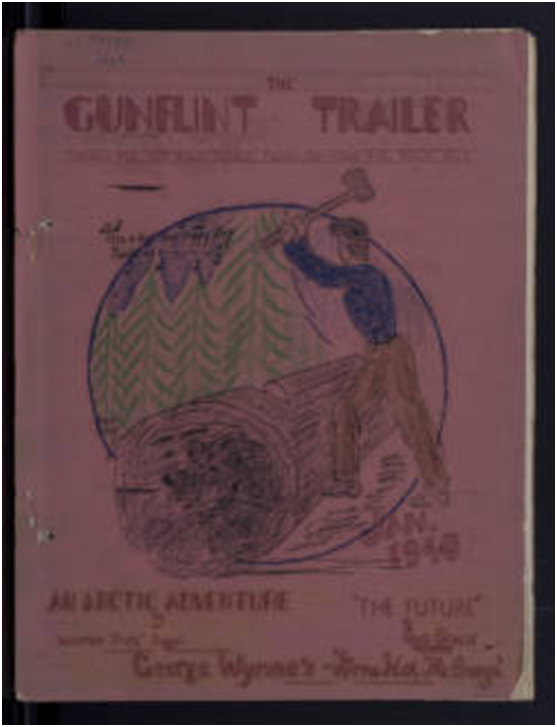Conserving Through Generations: Words from the Past
By: Rachel Sicheneder
M y search this month for my grandfather in history has been aided by the fact that the original CCC era is extremely well preserved. Minnesota was one of the most active in the federally run program, with 148 camps throughout the state. It changed the lives of not only the almost 80,000 men who were enrolled in the program but also the countless number of military staff members and L.E.M (Local Experienced Men) who participated.
y search this month for my grandfather in history has been aided by the fact that the original CCC era is extremely well preserved. Minnesota was one of the most active in the federally run program, with 148 camps throughout the state. It changed the lives of not only the almost 80,000 men who were enrolled in the program but also the countless number of military staff members and L.E.M (Local Experienced Men) who participated.
Through internal and federal grants the Minnesota Historical Society has been able to protect and tell tales of what it coins to be “Minnesota’s Greatest Generation.” With the help of their research and digital files, I was able to find out that my grandfather’s company was stationed at a forestry camp (F-5) near Grand Marais. The buildings in the camp, Gunflint 1, are no longer standing but the bell from the Mess Hall sits in the Cook Country Museum; a moving symbol of our ancestors’ hard work.
I discovered that my grandfather enrolled in the CCC sometime in April of 1939. He spent his first eight weeks planting and scalping trees, and then was promoted to the position of forestry carpenter. In February of 1940 he was promoted again, this time to assistant educational advisor (pictured here the school house he taught in).He held this position until he left the Corps in October of 1940. Perhaps the most exciting aspect that I uncovered is the fact that for nine months he was the editor-and-chief of the Company’s newspaper The Gunflint Trailer. Newspapers from each CCC Company were published monthly for purposes of entertainment as well as to smooth relations between the camps, often viewed as large numbers of young uncouth men, and the surrounding communities.
Through the MN Historical Society I was able to obtain digital files of the papers my grandfather edited, and patch together not only the daily happenings around camp, but also the personal voices of those who served. Often exceeding 20 pages in length each volume published conveys an almost boyish sense of camaraderie which, with phrases such as, “improve yourself “ and “take advantage of your spare time, don’t waste it” seems almost akin to some form of propaganda.
After reading through the entirety of each publication, I came to see the men behind the articles. Often poking fun at each other and boasting about sporting victories and practical jokes, they reminded me of the people I work with today. With familiar phrases such as “safety first” it would have been easy to pretend I was reading an article written about my own time in the Corps.
Today, newspapers are no longer widely used by young people to communicate with their friends or the world. However, one glance at Facebook status updates and Twitter feeds from my friends in the Corps displays materials similar to the text that my grandfather edited almost 73 years ago. It reminded me that what we are doing is not so different than what was done by the ‘original boys.’ So when I curse the sky yet again for snowing on my crew in May I can return home to read an article my grandfather edited titled “30 below and raring to go,” and I can make a pretty good guess that his men weren’t wearing the fancy Under Amour I sport in the winter.
The words l close with this week are ones I was able to ponder while in the field spraying endless florets of garlic mustard; edited by my grandpa and now put in print again seven decades later:
“..most of us will agree that the thing he wants — badly — is a
job. A job, not just for the pay, but with a chance to learn while we are working.”
– The Gunflint Trailer (Vol. 6. No. 2)
